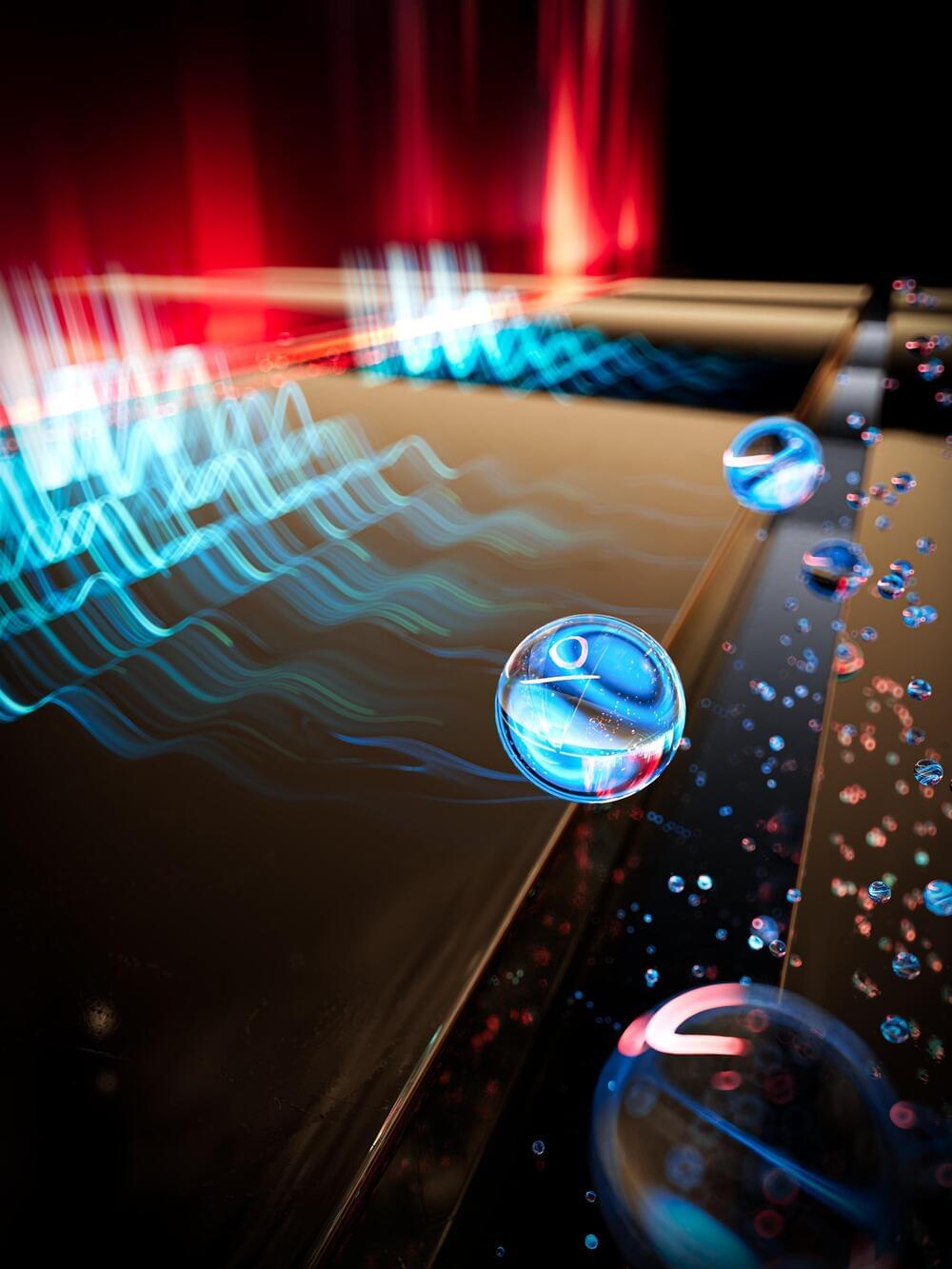In Nature Physics, the LSU Quantum Photonics Group offers fresh insights into the fundamental traits of surface plasmons, challenging the existing understanding. Based on experimental and theoretical investigations conducted in Associate Professor Omar Magaña-Loaiza’s laboratory, these novel findings mark a significant advancement in quantum plasmonics, possibly the most noteworthy in the past decade.
While prior research in the field has predominantly focused on the collective behaviors of plasmonic systems, the LSU group adopted a distinct approach. By viewing plasmonic waves as a puzzle, they were able to isolate multiparticle subsystems, or break down the puzzle into pieces. This allowed the team to see how different pieces work together and revealed a different picture, or in this case, new behaviors for surface plasmons.
Plasmons are waves that move along the surface of metals when light is coupled to charge oscillations. Much like tossing pebbles into water generates ripples, plasmons are “ripples” traveling along metal surfaces. These minute waves operate on a nanometer scale, rendering them crucial in fields such as nanotechnology and optics.
